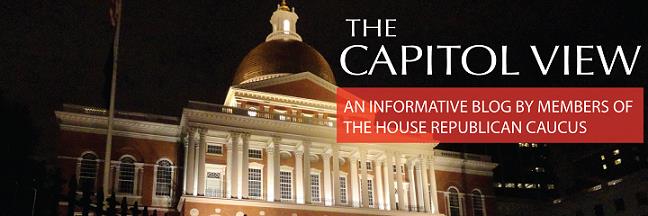The
following column by State Representative David DeCoste (R-Norwell) recently
appeared in the Boston Globe’s South section in response to the question: “Should mobile homes be counted as part of a municipality’s affordable-housing stock?” Rep. DeCoste is currently sponsoring House Bill 660, An Act expanding the definition of affordable housing to include
manufactured homes.
The
Massachusetts Comprehensive Permit Act, usually referred to as “Chapter 40B”
because of its designation in the Massachusetts General Laws, was originally
known as the “Anti-Snob Zoning Act.” The law, adopted in 1969, is meant to
encourage production of affordable homes by allowing developers to bypass
municipal zoning bylaws in communities whose housing stock is below 10 percent
affordable. Developers in exchange commit to set aside at least 25 percent of a
project’s units as affordable. The law allows a state panel to reverse a local
zoning board’s denial of a 40B proposal. This has resulted in developments
being constructed without consideration of the impact on schools, roads, water,
and other municipal infrastructure.
In the
last several years, legislation has been filed to have 40B regulations modified
to allow mobile homes to count toward the 10 percent affordable home stock
requirement in specific towns or in some cases throughout the Commonwealth. To
date, all of this legislation has failed to be acted on by lawmakers. In 2016,
the Legislature directed the state Department of Revenue to conduct a study of
mobile home communities to measure the percentage of resident households that
would qualify for low- or moderate-income housing under 40B.
The
report, issued last April, found that 78 percent of mobile home residents with
identified tax returns would qualify for low- or moderate-income housing based
on income. This should not come as a surprise to anyone familiar with the very
affordable nature of these communities. Yet current law stipulates that cities
and towns cannot count a single one of these units against their
affordable-housing inventories.
A better
policy for the state is to give municipalities an incentive to approve mobile
home communities. Manufactured housing represents an excellent value on a
square-footage basis for housing. We should recognize that fact and give
communities credit for all or a significant percentage of existing manufactured
housing units. This would result in a more accurate count of ‘affordable’
units, but it would also spur the addition of more of this type of housing in
our state.



